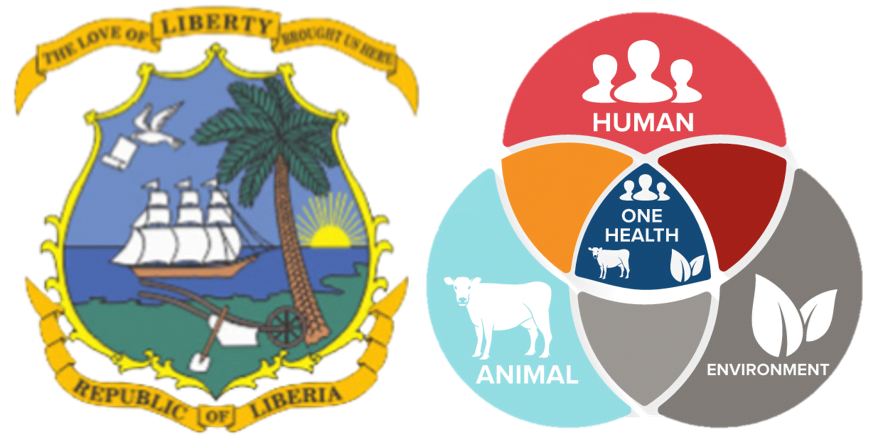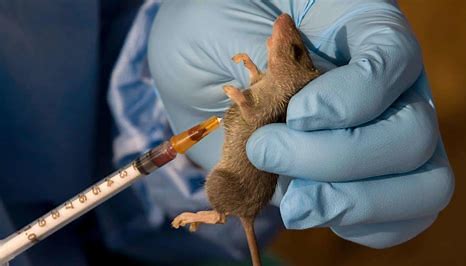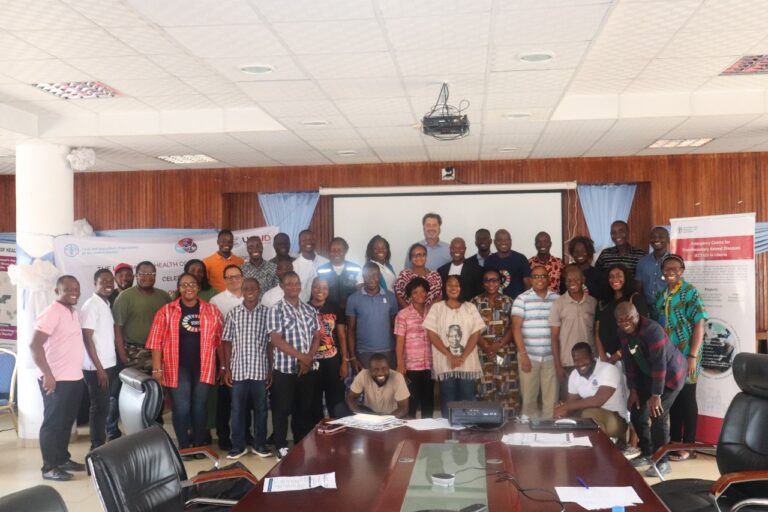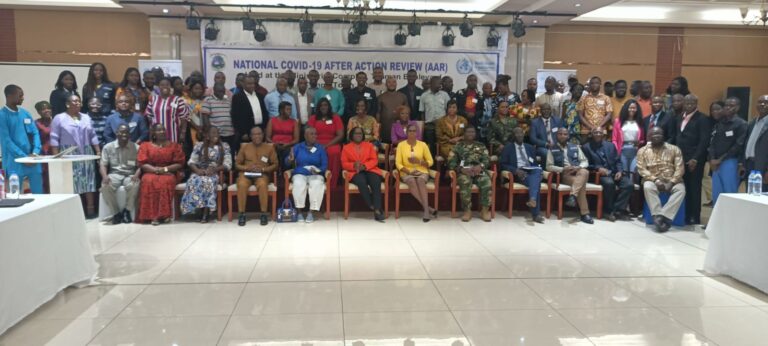Liberia Reports Two New Lassa Fever Cases Amid Ongoing Outbreaks
Lassa fever is a severe viral hemorrhagic disease prevalent in several West African countries, including Liberia, where it is endemic in Bong, Grand Bassa, and Nimba Counties. Sporadic cases have also been noted in other counties, including Grand Kru, Lofa, Margibi, Montserrado, and River Gee.
In 2021, Liberia experienced 12 different outbreaks, resulting in 25 laboratory-confirmed cases and 15 fatalities, leading to a case fatality rate (CFR) of 60%. The outbreaks involved 325 individuals identified as contacts, of which 196 were healthcare workers (HCWs).
According to the National Public Health Institute of Liberia (NPHIL), the latest outbreak, which began on January 6, 2022, in Bong County, has so far documented 143 confirmed cases and 42 deaths, marking a CFR of 29%. The total number of contacts has reached 1,157, including 399 healthcare workers. The two most recent cases, one resulting in a death, emerged from Salala District, Bong County, contributing to a cumulative four cases from the district and Suakoko District. Currently, 21 identified contacts, including 10 healthcare workers, are under a 21-day observation period. As indicated in the NPHIL’s Lassa Fever Situation Report #98 of April 12, 2024, treatment for all cases has been administered using ribavirin at Phebe Hospital in Suakoko, Bong County.
Public Health Measures
Since the beginning of the 2022 outbreak, Liberia has intensified public health initiatives such as surveillance, laboratory testing, case management, and community engagement to prevent further spread of the virus. Specific attention has been given to improving sanitation and discouraging the consumption of rodent meat, which is a known risk factor for transmission. Currently, Bong County remains the focal point for the Lassa fever response.
Disease Transmission and Symptoms
The incubation period for Lassa fever ranges from 2 to 21 days. Transmission occurs through contact with food or household items contaminated by infected rodent urine or feces. However, human-to-human transmission can occur via direct contact with the blood, secretions, or other bodily fluids of an infected person. Symptoms typically begin with fever, general weakness, and malaise, progressing to more severe conditions such as headache, sore throat, muscle pain, chest pain, nausea, vomiting, diarrhea, cough, abdominal pain, facial swelling, and, in some cases, bleeding.
The National Public Health Institute of Liberia (NPHIL), along with health partners, continues to monitor the situation closely, implementing necessary measures to control the disease’s spread and provide adequate care for affected individuals.







